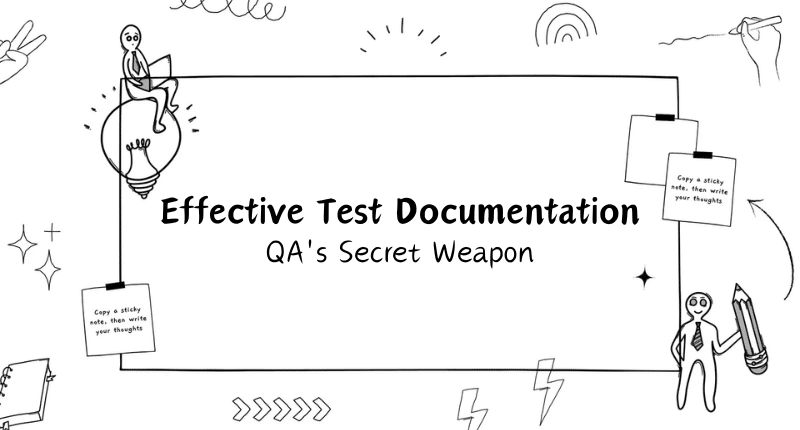Ensuring the reliability and functionality of a system is paramount. A well-structured Test Document, or Test Plan, acts as the guiding compass in this journey, orchestrating the testing efforts with precision. Let’s delve into the essentials of creating a robust Test Document, ensuring a seamless testing process from start to finish.
Unveiling the Blueprint: Components of a Test Document
1. Setting the Stage: Introduction and Purpose
Begin with a concise yet compelling introduction. Define the purpose of the Test Document, giving stakeholders a clear understanding of its role in the project.
2. Strategic Moves: Test Strategy
Craft a comprehensive section outlining your testing strategy. Discuss testing levels (unit, integration, system, acceptance) and types (functional, performance, security). This sets the tone for the entire testing process.
3. Mapping the Journey: Test Schedule and Resources
Provide a detailed timeline for testing activities with a focus on start and end dates for each phase. Enumerate the resources required, including personnel, hardware, and software.
4. Feature Spotlight: Features to be Tested
Identify the specific features, functionalities, and components slated for testing. This section ensures that the testing team is aligned with the project’s objectives.
5. Exclusions Clarified: Features not to be Tested
Transparently outline any features or functionalities that will not be tested and provide reasons for their exclusion. This mitigates potential misunderstandings and sets expectations.
6. Lab Environment: Testing Environments
Describe the testing environments, including hardware, software, and network configurations. Ensuring consistency across environments is crucial for accurate testing.
7. Scripting Success: Test Cases and Test Data
Present detailed test scenarios and cases, specifying the required test data for each case. Well-structured test cases are the foundation of effective testing.
8. Success Criteria: Test Execution Criteria
Define the conditions that must be met for testing to be considered complete. This section serves as the benchmark for evaluating the success of the testing process.
9. Delivering Results: Test Deliverables
List the documents and reports that will be produced as a result of the testing process. Clarity on deliverables enhances communication and ensures accountability.
10. Navigating Risks: Risks and Contingencies
Identify potential risks to the testing process and outline contingency plans. Proactive risk management minimizes the impact of unforeseen challenges.
11. Defect Detective: Defect Management
Describe how defects will be identified, reported, tracked, and managed. A robust defect management process is essential for maintaining software quality.
12. Team Harmony: Roles and Responsibilities
Clearly define the roles and responsibilities of each team member involved in the testing process. Clarity on responsibilities fosters collaboration and accountability.
13. Gatekeeping Changes: Change Management
Outline how changes to the test plan will be handled and documented. Change management ensures that adjustments are made systematically, avoiding chaos.
14. Seal of Approval: Approvals and Sign-off
Specify the individuals or groups responsible for approving the test plan. Obtaining sign-offs ensures that all stakeholders are on the same page regarding the testing approach.
15. Continuous Refinement: Review and Sign-off
Detail the process for reviewing and obtaining approval for the test plan. Regular reviews and sign-offs facilitate continuous improvement and adaptability.
16. Supporting Cast: Appendix
Include additional supporting information such as a glossary, acronyms, or any supplementary details. The appendix provides a quick reference for stakeholders.
Conclusion:
Crafting a comprehensive Test Document is a crucial step towards achieving testing excellence in software development. By meticulously addressing each component, you pave the way for a smooth and effective testing process. As the project progresses, regularly revisit and update the Test Document to adapt to evolving requirements. With this blueprint in hand, you’re well-equipped to master the art of software testing.




